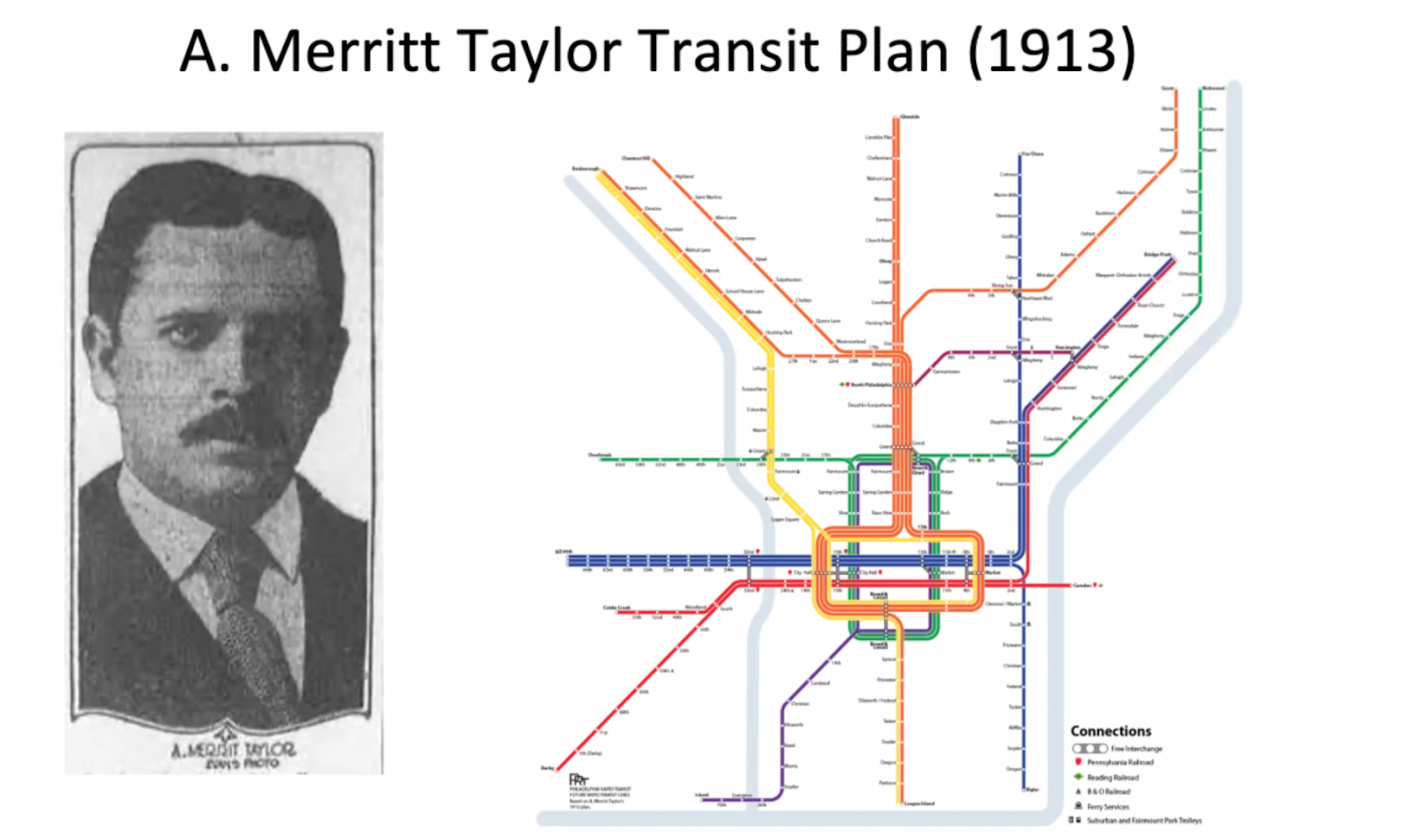What we learned at TransitCon 2023
We sponsored TransitCon 2023. Here are some of our key takeaways.


We sponsored TransitCon 2023. Here are some of our key takeaways.

This past weekend, we sponsored the 2023 virtual TransitCon. The conference brought together an impressive lineup of transit and urbanism enthusiasts from around the world for a series of discussions around building sustainable and vibrant urban communities. TransitCon will be posting event presentations on their YouTube channel, but in the meantime, here’s a recap of our biggest takeaways from the day.
The day kicked off with Lindsay Sturman, co-founder of the Livable Communities Initiative, who discussed the importance of improving bikeability and the ways in which transit and bicycling are symbiotic. Sturman shared some facts that showed the magnitude of the problem:
In the Netherlands, bike lanes are a way of life. No shock that biking is the status quo there.

We couldn’t miss the presentation by Jay Arzu, a Ph.D. student in City and Regional Planning at the University of Pennsylvania Stuart Weitzman School of Design, on the potential development of the Roosevelt Avenue subway.
Arzu gave some fascinating historical context to the initiative. It was first proposed in the early 1910s as part of a subway expansion plan that would rival NYC and D.C. The plan was unfortunately dismissed, and despite being picked back up in the early 2000s, it never came to fruition. Now, with the support of the Federal Infrastructure plan, this could finally be the moment for action. Over 400,000 people live in the area where the Roosevelt Ave. subway would be built—meaning it could revolutionize Philly transit infrastructure.

Arzu also highlighted a subway tunnel that was built by the Sears Roebuck company in Northeast Philadelphia. Sears’ goal was to expand its retail business and saw transit as a key piece of the puzzle. This example of transit investment and support set a precedent for businesses across Philadelphia that continues to this day.
Noelani Fixler and David Sorrell from UC Berkeley talked about their institution’s participation in the SF Clipper BayPass pilot program. With 24 transit agencies traversing the Bay Area, SF Clipper BayPass brings together all of the region’s transit modes to provide a unified experience for riders. Organizations can choose if they’d like to subsidize this impactful benefit for their participants.
UC Berkeley was among the first to test the SF Clipper BayPass. They randomly selected students to participate in the program and measured differences between populations. Two facts were staggering: 1) an underground market developed for the passes, with people wanting to take advantage of all the benefits the pass afforded and, 2) people who were Clipper BayPass users rode transit 40% more. This is a huge increase, especially for transit agencies still recovering from the pandemic. We’re thrilled to see institutional pass programs take off around the country.

Thanks again to Hayden Clarkin and the rest of the incredible TransitCon team for a wonderful event!
Sign up for our newsletter updates